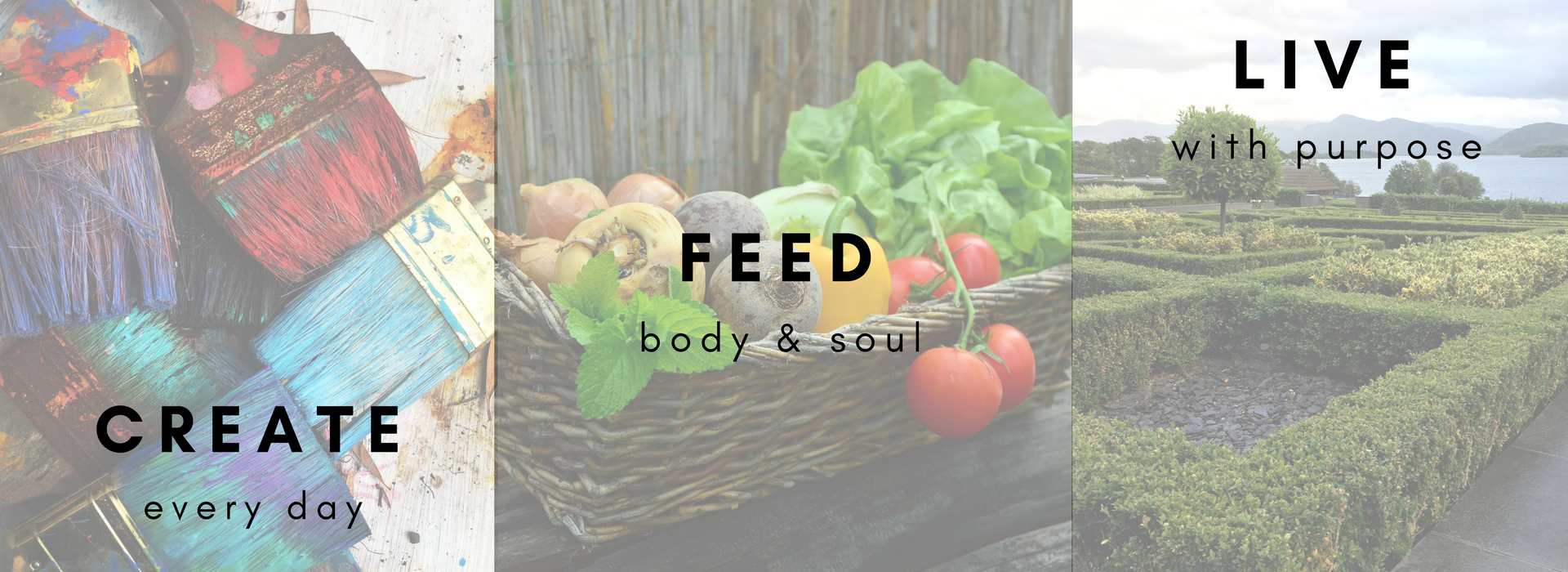She Really Does Absorb the Wisdom I Impart
 The first day back to school after winter break was a proud momma moment for me. Child #1, a high school freshman, prepared the night before by making lists of things to remember to bring, what to pack for lunch, and what things she needed to do after school (which included laundry!). This was impressive to me. It showed great organization and foresight. But what impressed me even more was the fact that she also wrote herself a positive affirmation: Make it a great day.
The first day back to school after winter break was a proud momma moment for me. Child #1, a high school freshman, prepared the night before by making lists of things to remember to bring, what to pack for lunch, and what things she needed to do after school (which included laundry!). This was impressive to me. It showed great organization and foresight. But what impressed me even more was the fact that she also wrote herself a positive affirmation: Make it a great day.
Our Family Mantra
This happens to be the mantra I say to all family members as they leave for work or school each morning. I’ve been saying that to them for years, and have even had a child come back into the house after leaving if I’ve forgotten to say it: “Mom! Aren’t you going to tell me to make it a great day?!”
You may notice I say make it a great day and not have a great day. Many years ago I saw an interview on a morning news show where someone pointed out the psychological difference between telling someone to make it a great day and have a great day.
It’s about control.
Have a great day implies that you are at the mercy of what the day brings: bad weather, traffic, spilled coffee, or flat tire can lead you to a rather rotten day. But to make it a great day implies that you have control on how you view the day. So even if all those bad things happen, you can choose to still find some good in the day; perhaps the cafe had your favorite muffin or you found $10 in your coat pocket or you simply are thankful that the day is over and tomorrow is another day. I can’t control the weather, but I can control how I react to it.
After my daughter left for school, I glanced over her lists again. Below the “Make it a great day!” she had written: “Hope you had a great day today.” It certainly was for me.








 Personal growth is the process of improving oneself through activities that develop talents and potential, which in turn make you more employable, enhance your quality of life, and lead you to realizing your dreams and aspirations. Your personal growth is greatly enhanced by becoming more aware of who you are as a person.
Personal growth is the process of improving oneself through activities that develop talents and potential, which in turn make you more employable, enhance your quality of life, and lead you to realizing your dreams and aspirations. Your personal growth is greatly enhanced by becoming more aware of who you are as a person.
